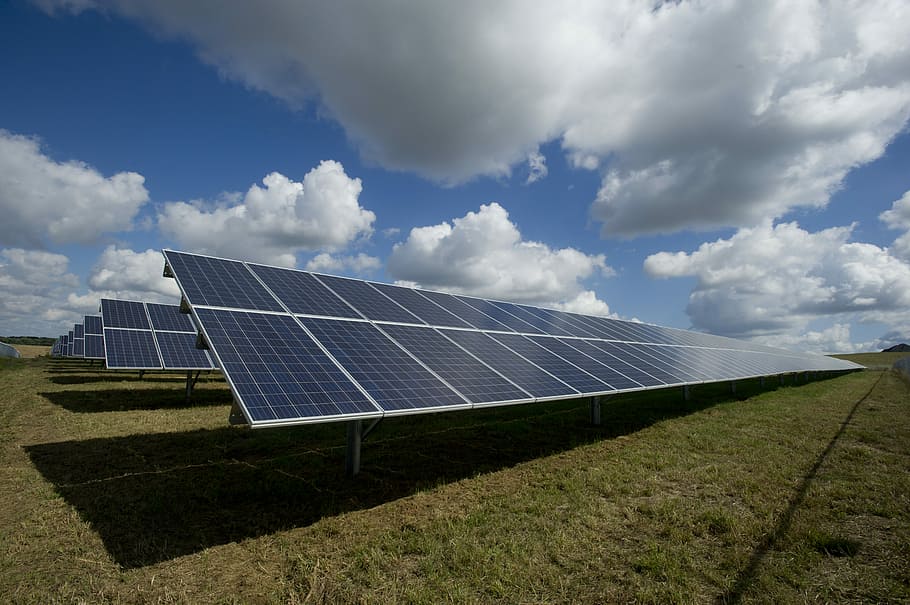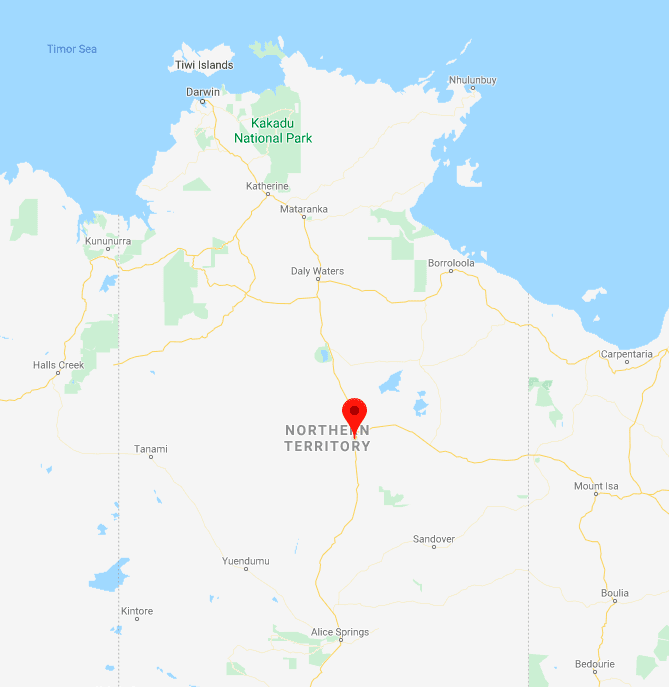What is happening in the solar industry?
Solar energy is experiencing a massive transformation in Australia as it is moving into a phase of mass rollouts of large-scale solar farms.
Large-scale solar farms have the potential to supply towns and cities by feeding renewable electricity into our national grid. Unlike residential and commercial systems, large-scale solar farms are purely designed to supply the network or single purchases rather than self utilisation of power in a standard home or business.
Examples of three largest solar power plants in the world:
- Tengger Desert Solar Park, China – 1,547MW – approx. 3,500,000 solar panels
- Sweihan Photovoltaic Independent Power Project, UAW – 1,177MW – approx. 2,600,000 solar panels
- Yanchi Ningxia Solar Park, China – 1,000MW – approx. 2,200,000 solar panels

A new solar farm in the heart of the NT

The proposed project, Sun Cable’s Australia to Singapore Power Link, is an example of the potential of solar for our trade partners overseas.
Sun Cable is the company behind the $20 billion project located in the heart of the Northern Territory, Tennant Creek. It is the world’s biggest solar farm and one of Australia’s largest ever construction projects. The large-scale solar farm equals across an area of more than 20,000 soccer fields. If successful, the development would include a 10-gigawatt-capacity array of panels spread across 15,000 hectares, backed by about 22 gigawatt-hours in battery storage to ensure it can supply power around the clock.
Mining magnate and philanthropist Andrew “Twiggy” Forrest and tech billionaire Mike Cannon-Brookes, along with other investors, have raised tens of millions of dollars to support Sun Cable’s solar project.
Furthermore, a recent statistic has shown that a clean energy world would support millions of new jobs. The solar industry will provide 22 million jobs by 2050, according to the Job creation during the global energy transition towards 100% renewable power system by 2050 study published in Technological Forecasting and Solar Change and on the ScienceDirect website.
What happens to the produced energy?
Parts of the electricity generated would be consumed in Darwin and plug into the NT grid, but the bulk would be exported to Singapore via 4,500km high-voltage direct-current transmission network, including a 3,800km submarine cable running through Indonesian waters.
Sun Cable claims it could provide one-fifth of the island city-state’s power needs, replacing its increasingly expensive gas-fired power.
Exciting times ahead
After nearly 24 months in development, Sun Cable aims to reach financial close by late 2023 and have the development complete in 2027. The rapid decline in the cost of solar panels, along with further reductions in solar battery costs make these projects possible. Entrepreneurs are now seeing the value of renewable energy on this scale and the benefits for our country and partners. Singapore is an important trade partner with Australia and ultimately, if we can provide the power source to them it is good for the environment and also essential for the development of Singapore and the business side.
As a thriving solar energy company it is a pleasure to see such incredible growth within the solar industry. It is exciting to see such large-scale projects receiving the green light to move towards a better future for everyone.










